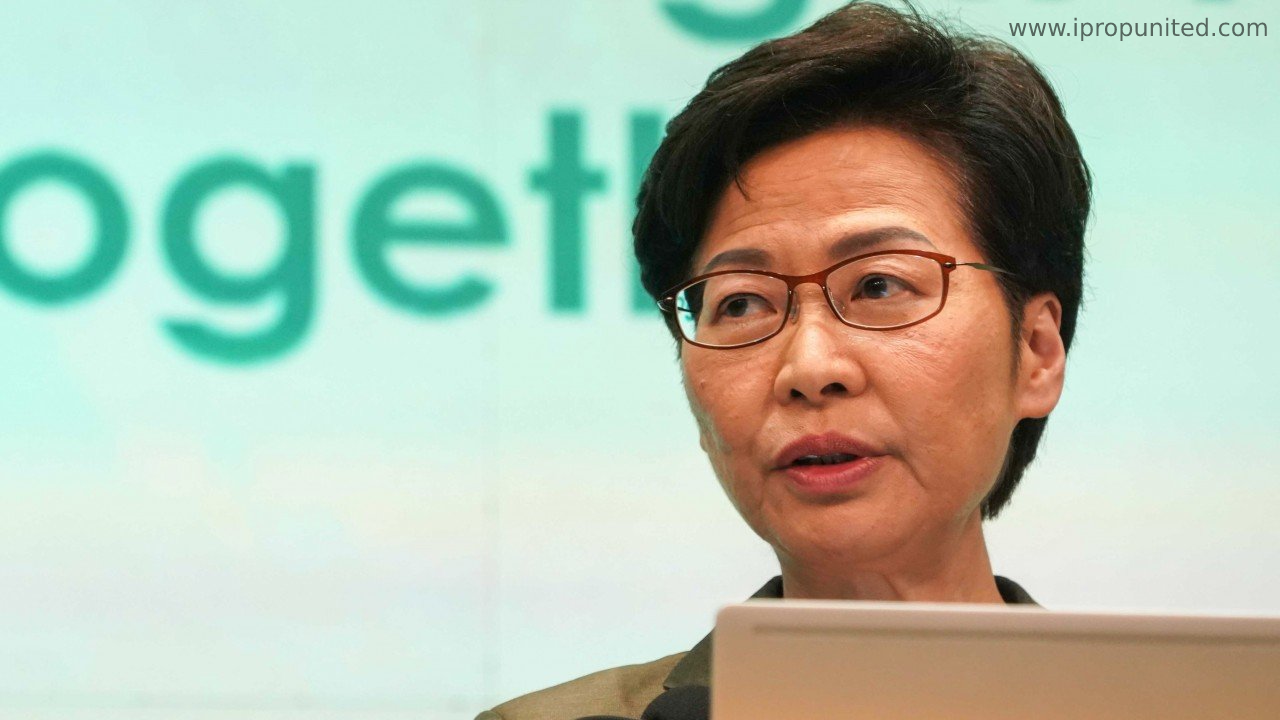
On Wednesday leader Carrie Lam said under a national security law imposed last year, Hong Kong is at a fresh start for development as in the Chinese-ruled city, Carrie Lam unveiled plans for handling a long-standing housing shortage.
Lam in her last policy announced the center of strategies addressed in this term of office is a Northern Metropolis on the border with the mainland’s technology hub of Shenzhen, encircling 300 square kilometres. It will finally have some 926,000 dwellings – more than half to be recently built – for approximately 2.5 million people.
At the centre of plans announced by Lam in her last policy address in this term of office is a Northern Metropolis on the border with the mainland’s technology hub of Shenzhen, covering 300 square kilometres.
Administrations in Hong Kong and Beijing have long accused unaffordable housing in the former British colony of deep-rooted bitterness that they say supported fuel anti-government revolts in 2019.
Lam said “Fortunately, the implementation of the National Security Law and the improvement to our electoral system have restored safety and stability in society. Hong Kong is now ready again for a new start for economic development.” In June last year, Beijing assessed a policy in which it redresses what authorities extensively determine as secession, sedition, and collaboration with foreign forces with up to life in prison.
Detractors indicate it is being adopted to crush independence vowed under a “one country, two systems” process approved upon when the city retreated to Chinese rule in 1997. The law is required to protect prosperity and lookout against external interference, said Beijing and the city government.
In her speech, Lam’s emphasis was on guaranteeing accessible accommodation for the city’s 7.5 million people, with the highlight the strategy for the Northern Metropolis to be created into an innovation and technology center with the generation of more than 500,000 jobs and rounding out the city’s part as a financial hub.
Lam said “(It) will be the most important area in Hong Kong that facilitates our development integration with Shenzhen and connection with the GBA,” illustrating what is known as the Greater Bay Area.








